June 25, 2014 - Today's adventure brought us to the City of Industry, CA to visit the Workman and Temple Family Homestead Museum. The six-acre site features the Workman House, an 1870s country home constructed around an 1840s adobe built by William and Nicolasa Workman; La Casa Nueva, a 1920s Spanish Colonial Revival mansion noted for its architectural crafts, built by the Workmans' grandson Walter Temple and his wife, Laura; and El Campo Santo, one of the region's oldest private cemeteries, containing the remains of Pío Pico, the last governor of Mexican California, and many other prominent pioneer families.
If you're curious as to why a city is called "The City of Industry," it's because it's home to over 2,500 businesses and 80,000 jobs, but only has 437 residents. The city is almost entirely industrial. It was incorporated on June 18, 1957 to prevent surrounding cities from annexing its industrial land for tax revenue.
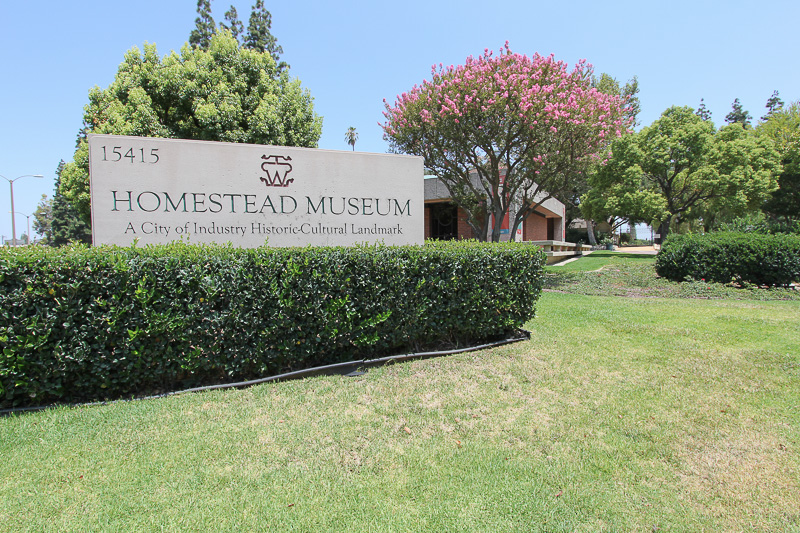
The Workman House, built in 1841, was originally an adobe of clay and sticks. It was remodeled in the 1870s in such a way that it now vaguely resembles an over-scale gingerbread house.

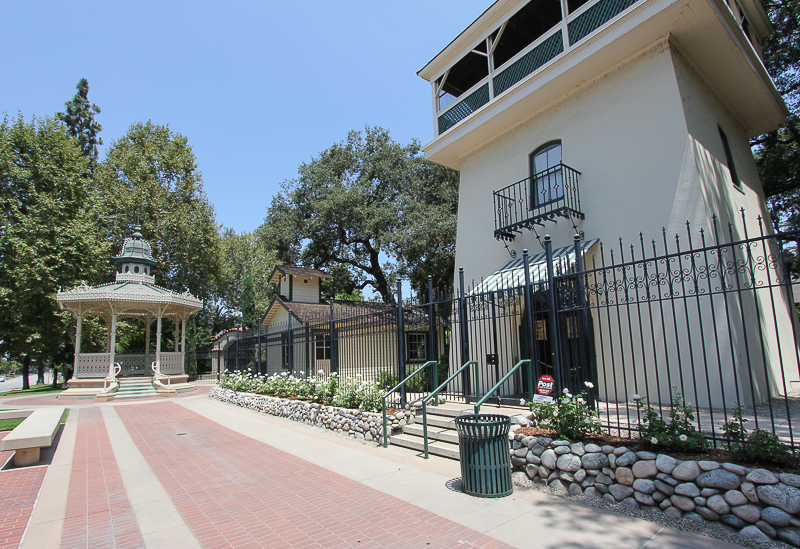
Next door is La Casa Nueva, the Spanish Colonial Revival masterpiece built in the 1920s by Workman's grandson, Walter P. Temple. The interior of the home is a rich revelation, with unique stained glass windows, ornate tile work, beautiful woodwork, and an entrance hall so grand it has to be seen to be believed.

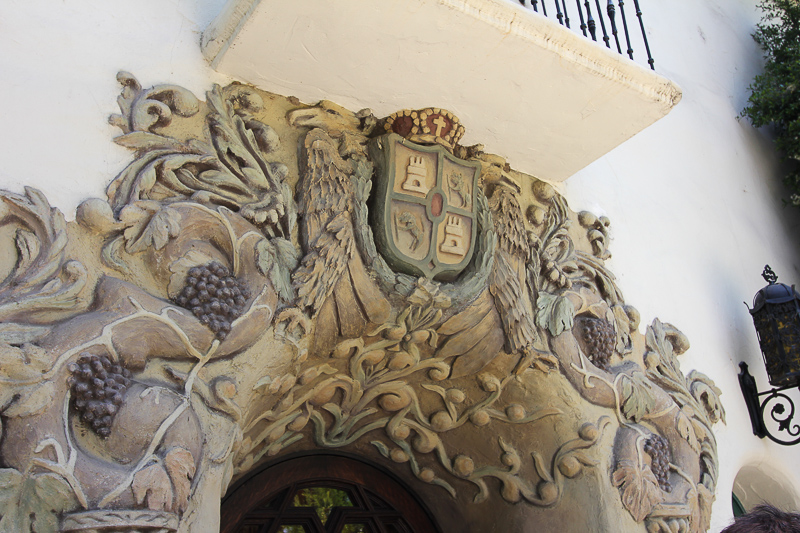
Our guide, Larry, shows us the four rooms surrounding the grand entrance hall. The 11,000 square foot home contains twenty-six rooms, including nine bedrooms, six bathrooms, a barber shop, commercial size electric cold storage unit, basement with a late 1870s bank vault for storage, and other notable features.
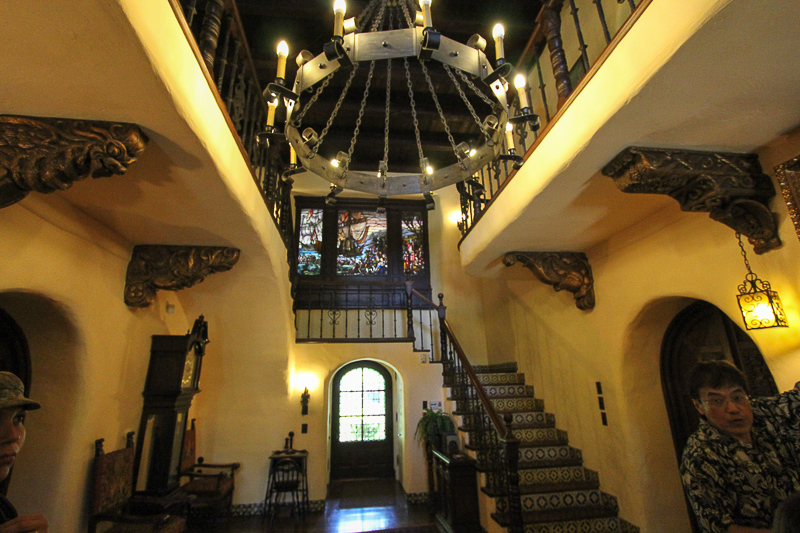
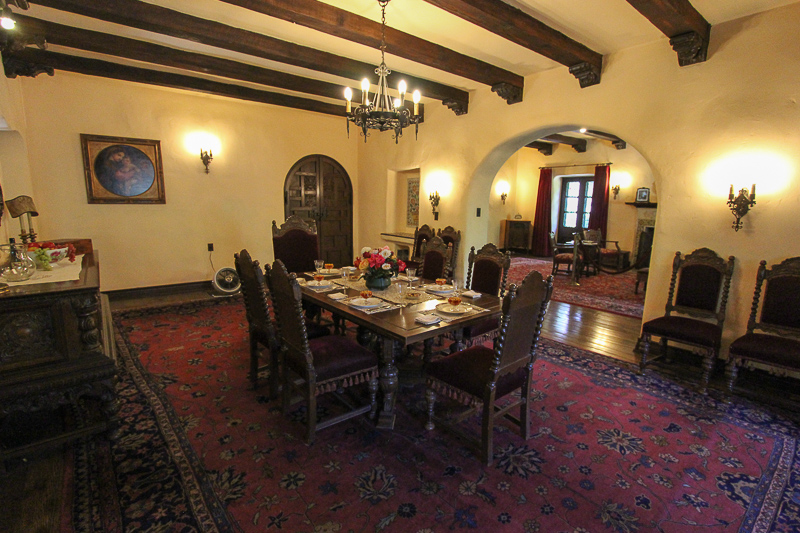
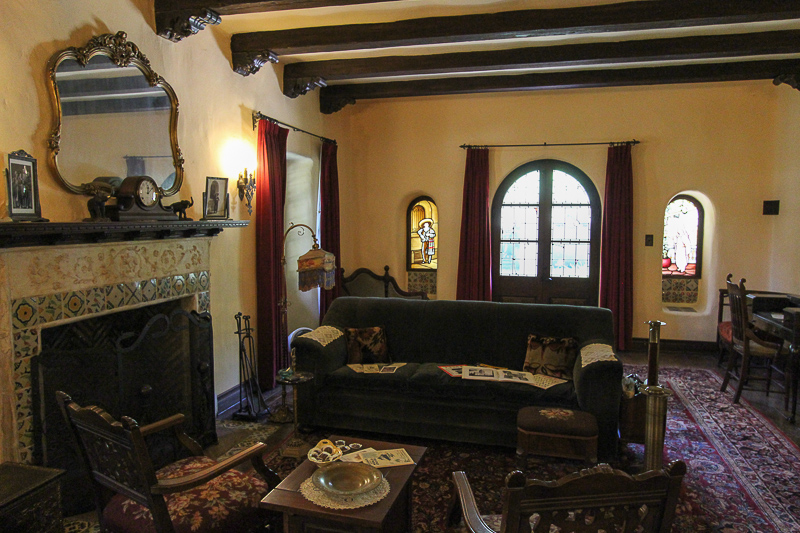
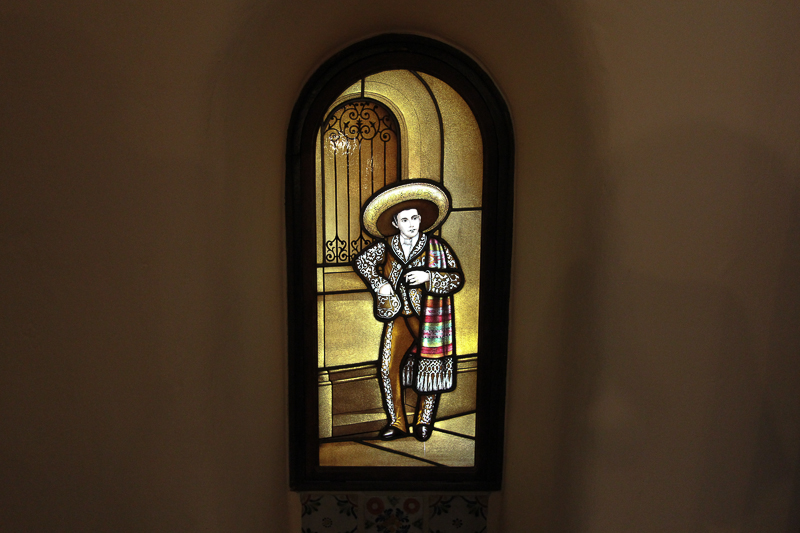
This is the library. Each room has custom made stained glass that is appropriate to the use of the room.
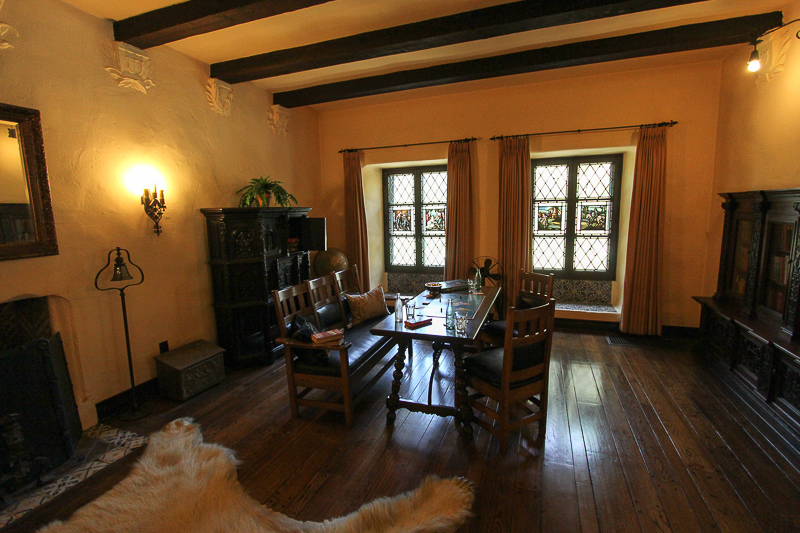
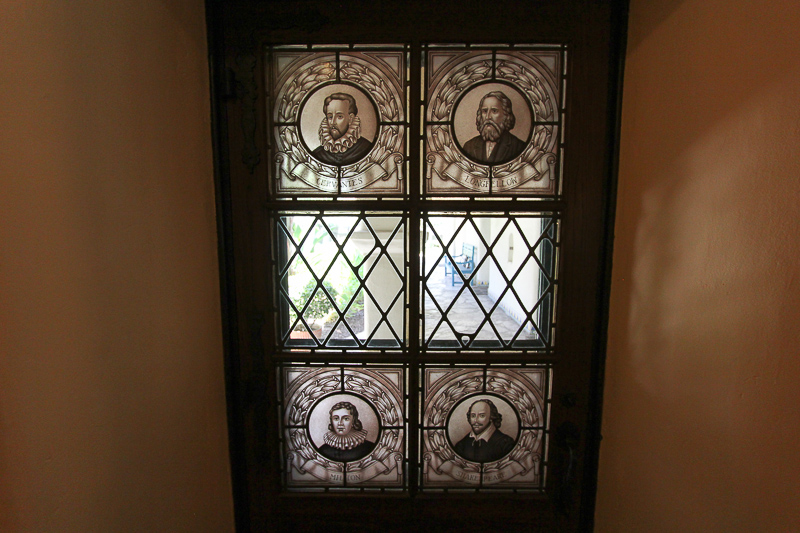
This is the music room.
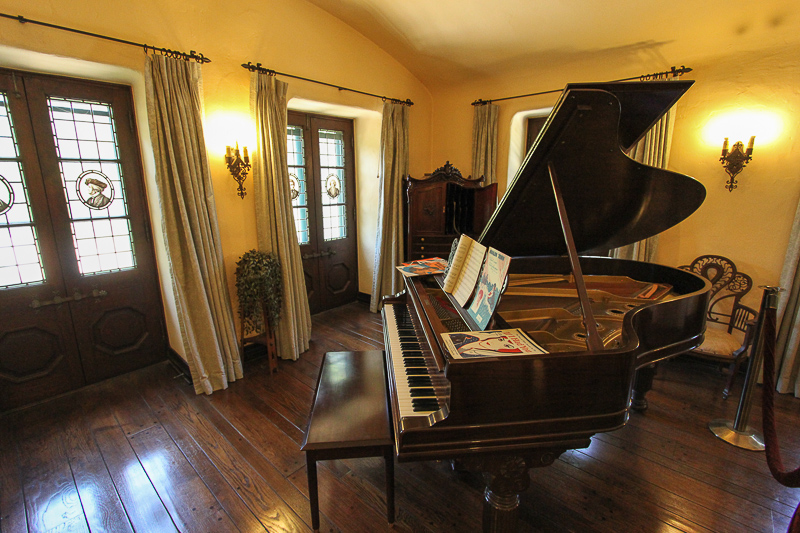
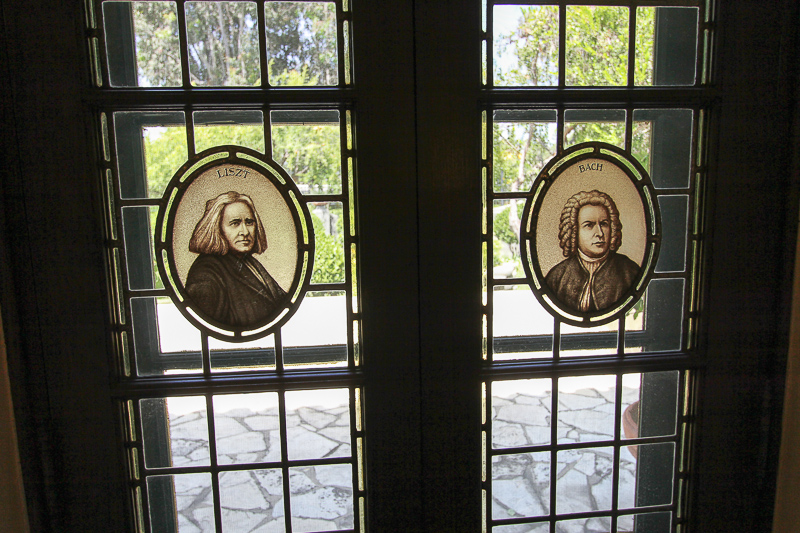
This is the breakfast nook.
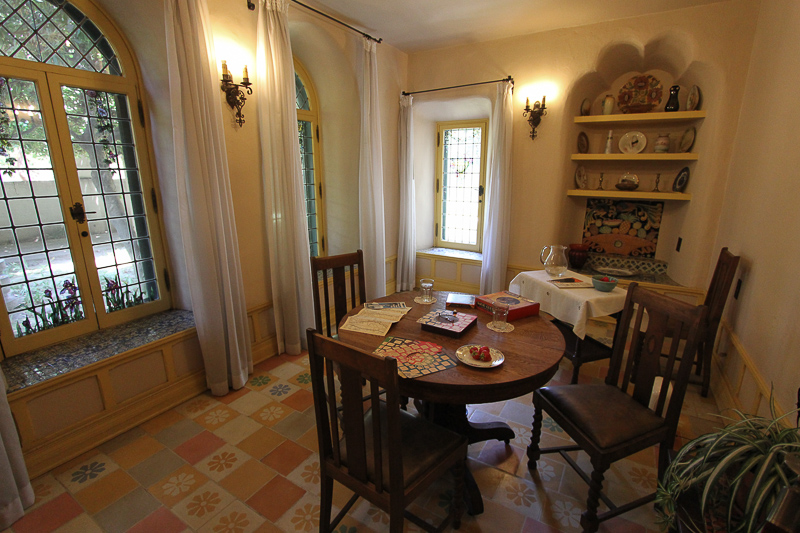
Most of the major bedrooms are upstairs.

This is one of the three rooms for the boys in the family.

And this is the daughter's bedroom.
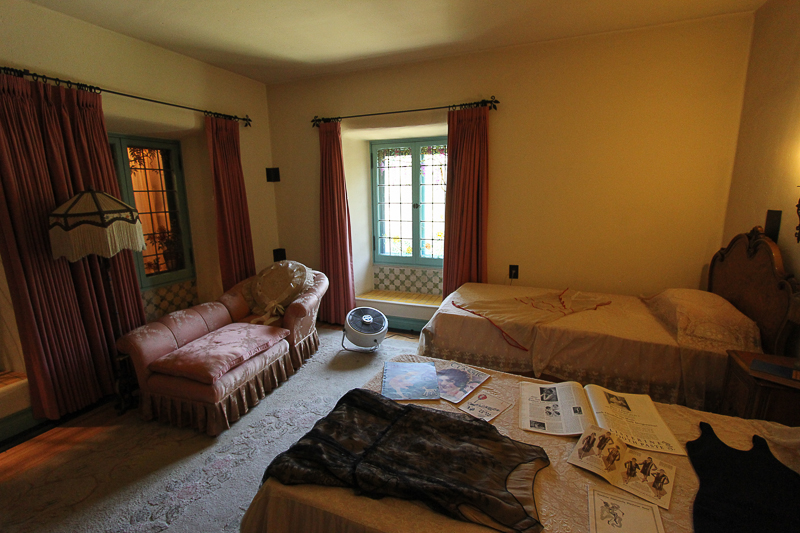
Heading back outside, it is obvious how well the city maintains this property.
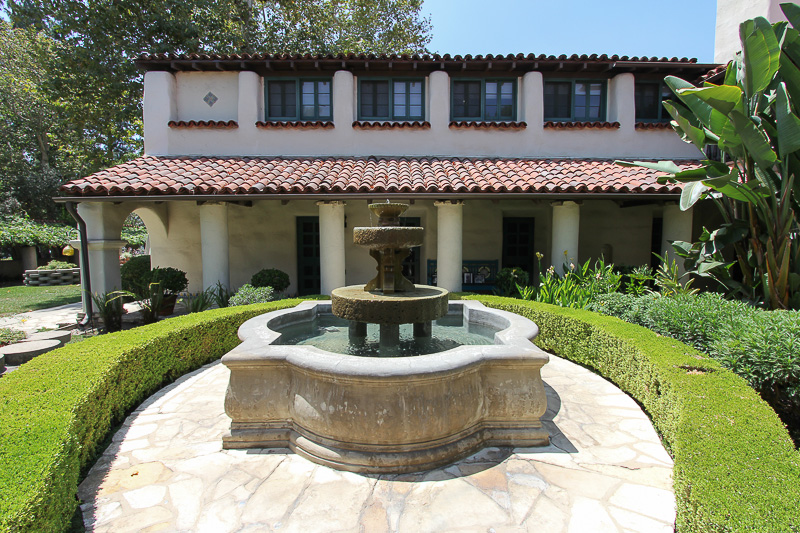
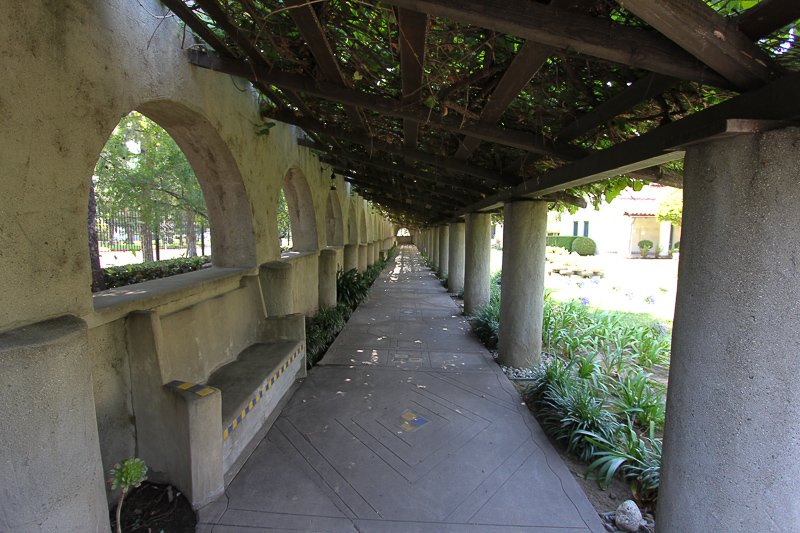
This unusual structure was Mr. Temple's office.
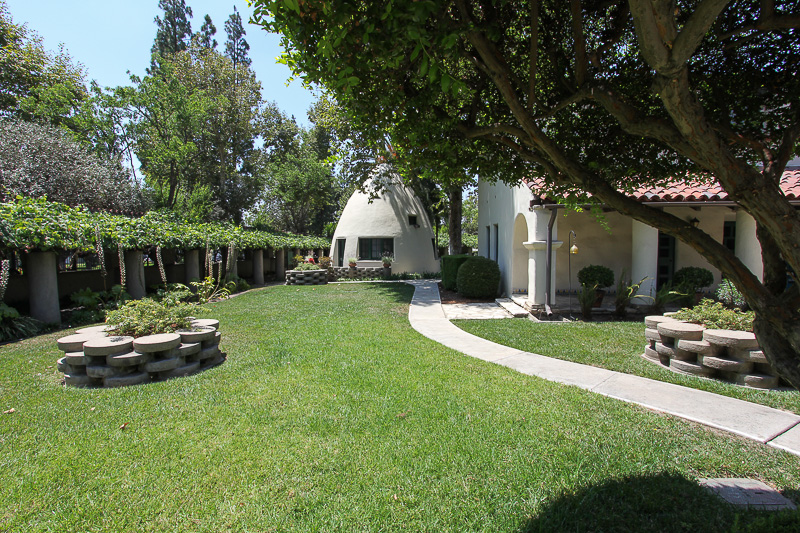
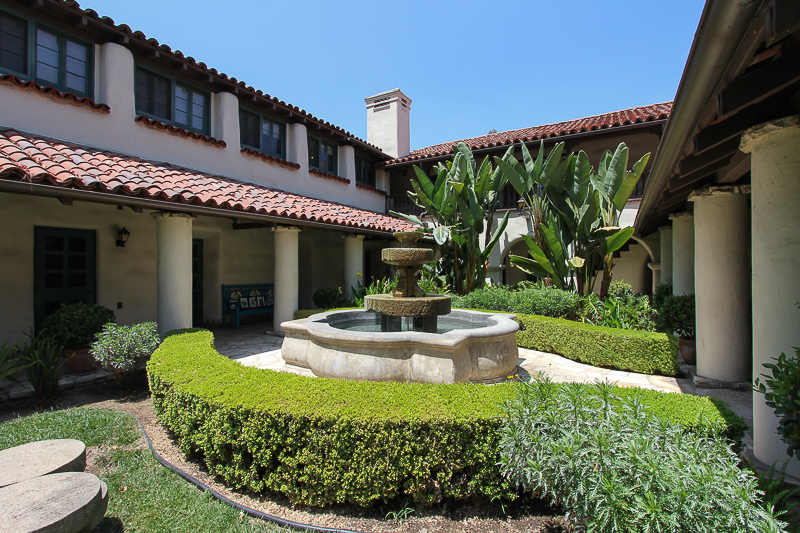
Ceramic tiles also accentuated the exterior borders.
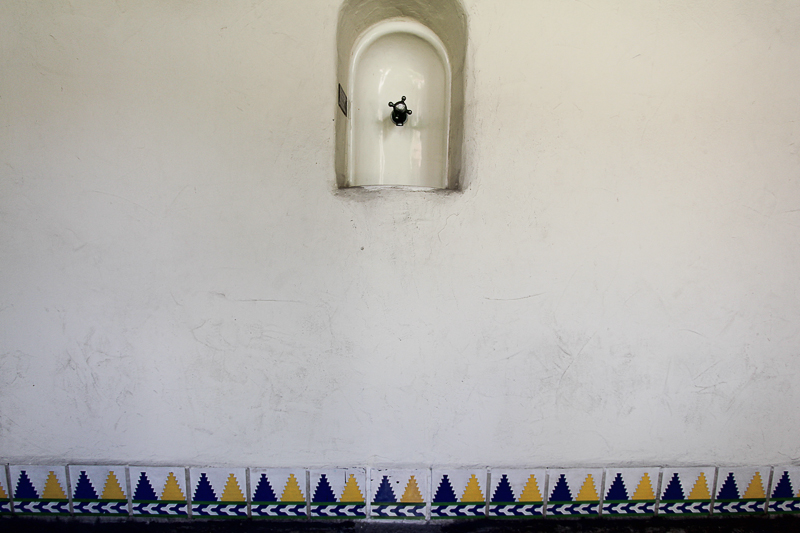
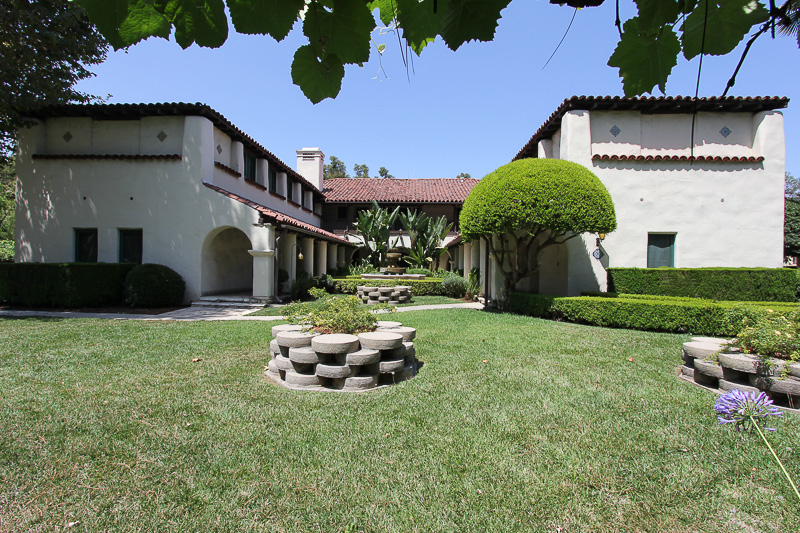
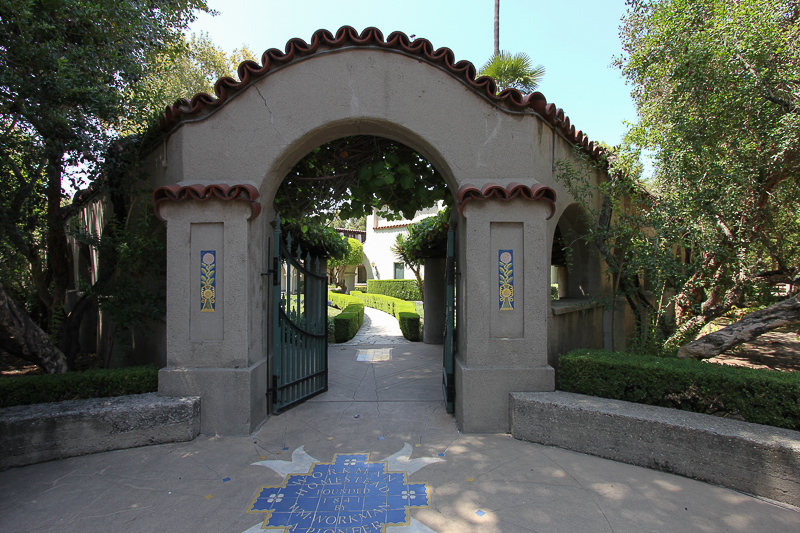
The last stop is the family cemetery established by the Workman family in the early 1850s. It is called El Campo Santo, which means "the sacred ground" in Spanish. There is a tree-lined pathway leading to the cemetery from the Workman House.

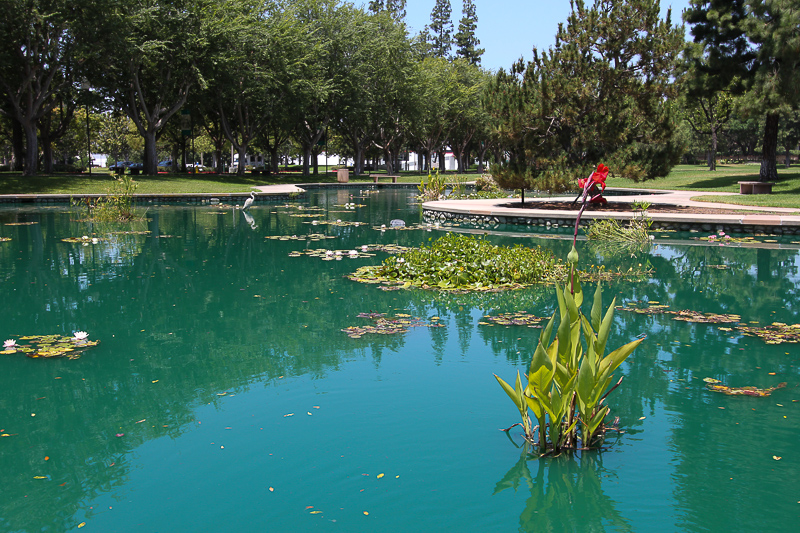
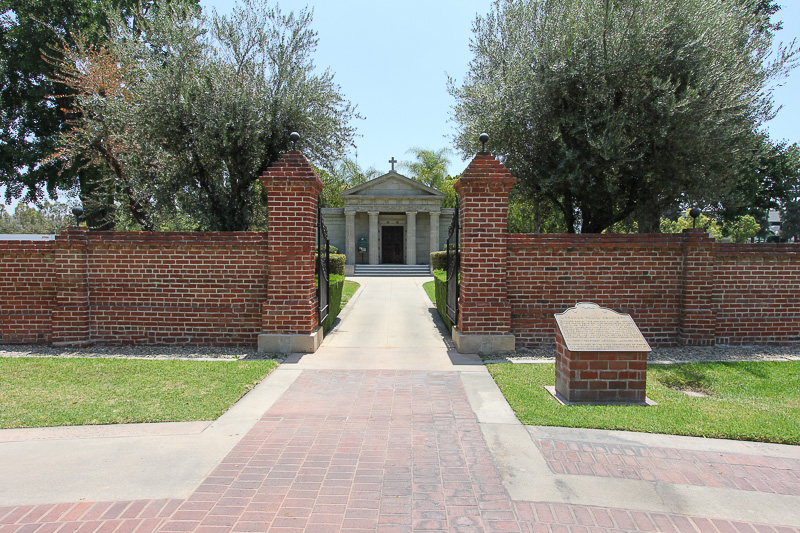
The neo-classical mausoleum, named the Walter P. Temple Memorial, was finished in 1921.
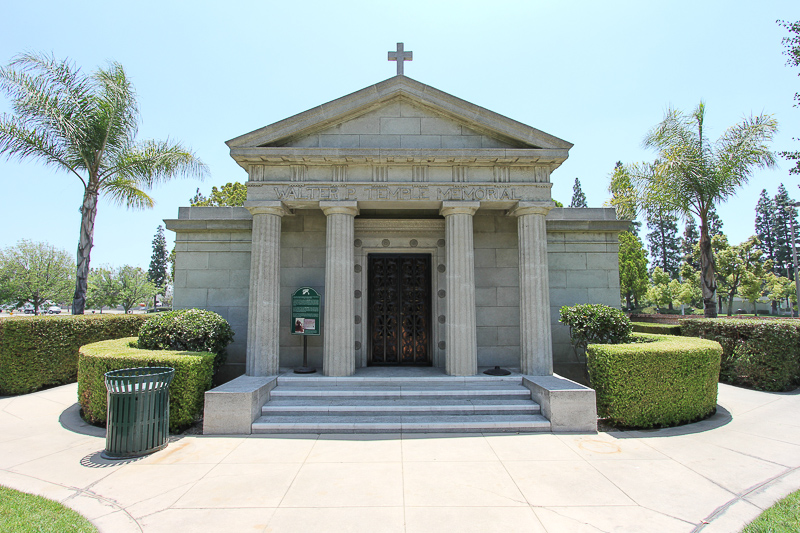
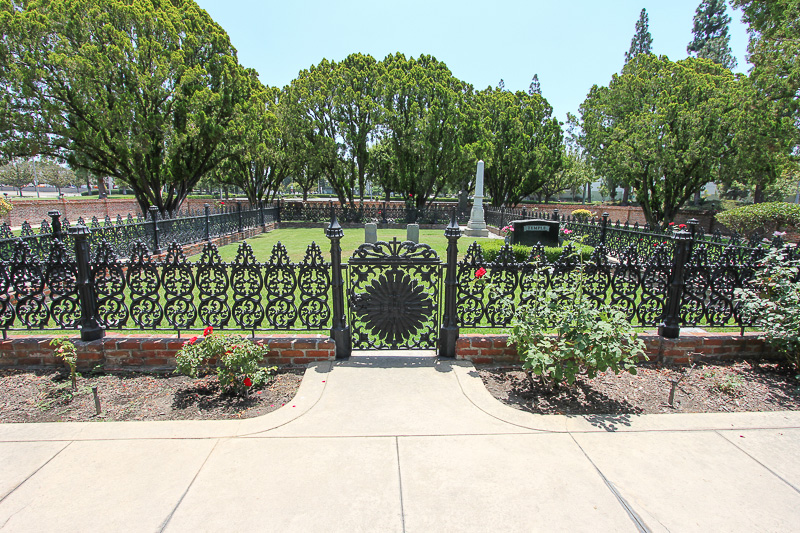
The Homestead Museum is about many things, but most importantly, it's a place to explore the history of the Los Angeles region from 1830 to 1930.
Before beginning our tour, we had lunch at Joe's Crab Shack, which is just down the road. Since we hadn't been to Joe's before, we tried a little bit of everything. We had home-made seafood and crab balls full of jalapeños and cream cheese and coated in Panko breadcrumbs, a hot crab dip with crab meat, cream cheese and Parmesan cheese and some hand breaded calamari for our appetizers. For our entrées we split a platter of plain fried shrimp, coconut shrimp and crab stuffed shrimp. Of everything we had, we both liked the crab dip and the coconut shrimp the best.